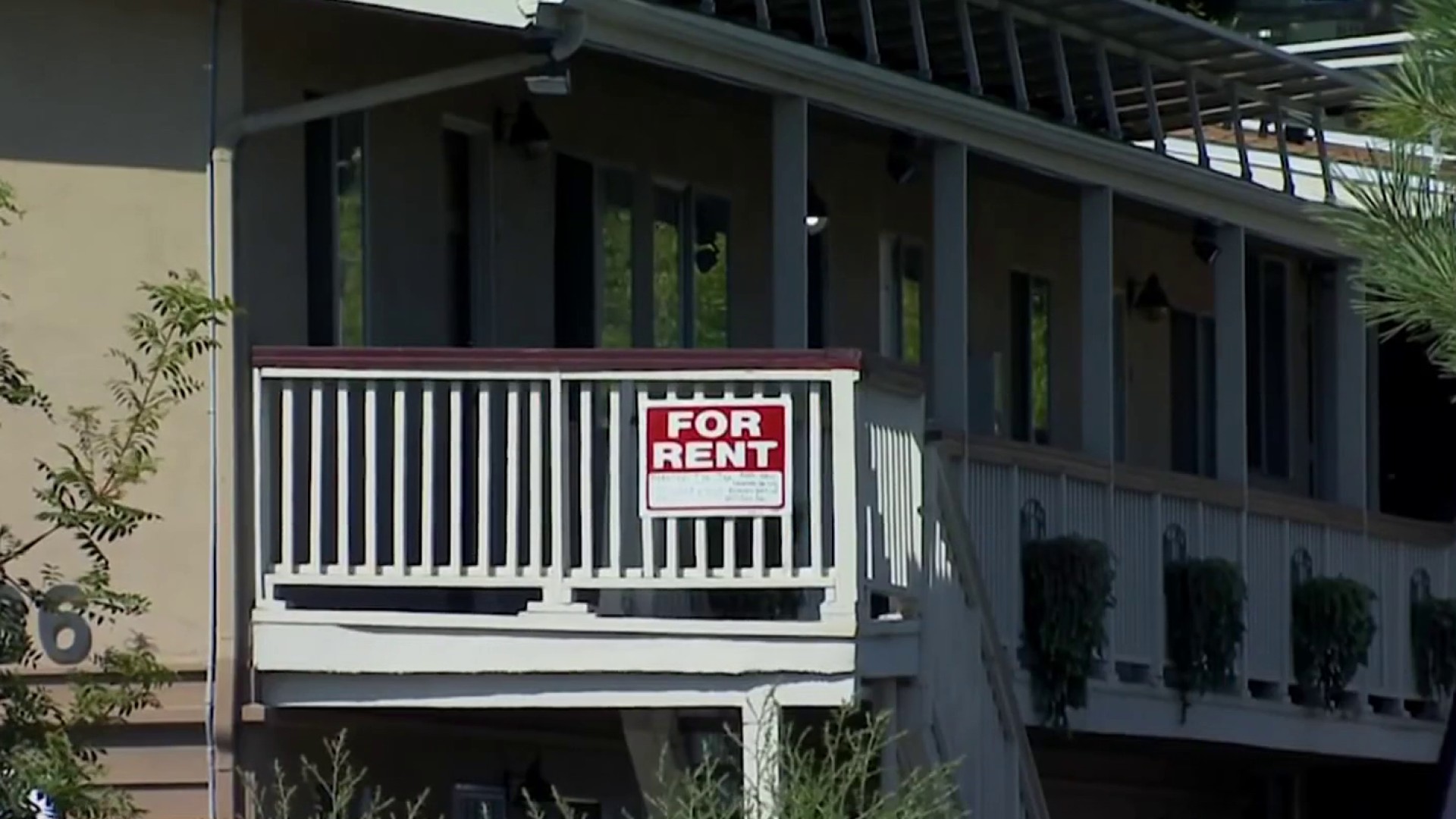With students returning to school from winter break, cybersecurity experts are worried they won’t be able to keep their personal information safe. Sergio Flores from NBC 7 and Telemundo 20 Responds takes a closer look at just how secure your student’s data is.
Go to any random class at Valley Center Elementary School, and you’ll likely find a tablet on every desk and a whole team of experts behind the scenes to make sure all school systems are safe from hackers.

Leah Thomas is a fourth grader at the school. She showed NBC 7 how easy it is to navigate her tablet from one assignment to the next.
"There’s a quick write that asks, ‘Have you ever moved to a different state or school? And describe our experience there,'" she said after taking a small break from a group learning lesson plan she had with other students.
Get top local stories in San Diego delivered to you every morning. Sign up for NBC San Diego's News Headlines newsletter.
She explained it’s easier to answer that question in proper paragraph form, in complete sentences and free from spelling errors thanks to the operating system’s guidance.
Plus there is a bonus.
"I’m pretty sure if we didn’t have technology for learning, my hand would probably hurt a lot from writing,” she said with a smile.
“They’re what we call digital natives. They’re growing up with it,” said Mauricio Ortega, chief technology officer at Valley Center-Pauma Unified School District.

He explained that technology enhances personalized learning while keeping everyone moving at the same pace by tracking each student’s progress.
NBC 7 Responds
“Data that informs and data that guides both students and teachers in terms of where are the learning difficulties and how do we help you out,” he said.
Ortega and his IT team do more than make sure all computers run smoothly. They also keep outsiders from hacking into their systems.
"It can happen at any minute, at any time, and you hear it happening all of the time. It’s not the type of lotto that you want to win,” Ortega said.
He added that cyberattacks are just too sophisticated and constant, so they often lean on the San Diego County Office of Education.
“Especially with AI and nation-state funding with some of the hardware that they’re using. We need to shore up our defenses and make sure we’re buttressing that up,” said Danny Pasawongse, executive director of technology infrastructure and operations.

He explained that proper staffing, updated hardware and school-wide training are key components for an efficient cybersecurity plan. However, his team of seven is doing the work of what should be a team of 24.
"It’s really hard because, you know, those bad actors, they’re not basing it on student attendance," Pasawongse said. "So it is low-hanging fruit. Our defenses are not up to par compared to enterprise companies, Fortune 500 companies. They want to come after what’s easy.”
The SDCOE helps protect 42 school districts and 129 charter schools. This includes cyber-training of about 55,000 employees in some 800 schools. They couldn’t give out too much information on their strategies to not tip off cybercriminals but showed NBC 7 what they’re up against.
In 2024, their system detected about 8,600 possible attempts to hack into their systems. That’s about 23 times a day. It's a troubling trend compared to the 5,991 incidents in 2023 and 5,032 incidents in 2022.
Pasawongse said the increasing workload makes it harder to stick to their mission: "Protect, Detect and Respond."
We would love to pick up the red phone and send in the firetrucks, but we just don't have enough firetrucks.
Danny Pasawongse, San Diego County Office of Education
So, what’s being done about it?
Pasawongse explained that SDCOE consults and assists schools with government grants that may help make up for the shortage in funding.
“We are making sure that we are using every taxpayer dollar to safeguard our staff and our student data,” he said.
They also team up regularly with other schools across the country, hardware vendors, and federal and state agencies to stay updated on the latest threats. They also just moved into a new much larger operations security center.
Pasawongse graded the county’s overall cybersecurity efforts with a B+.
“I would say we’re doing very, very well. However, there are still lots of needs,” he said.
Parents can also do their part by doing the following:
- Limit the use of school-issued tables to approved learning platforms
- Make sure your student connects to a secure Wi-Fi connection while using any school devices
- Talk to your school about online safety, its cybersecurity protocols and backup plans should its systems go offline
Overall, at stake is not only the data of school staff but also Leah’s and the nearly 500,000 students in San Diego County — possibly jeopardizing their future, before it even starts.
“Those are clean identities they can do for fraud, for credit, and things like that,” Pasawongse said.



